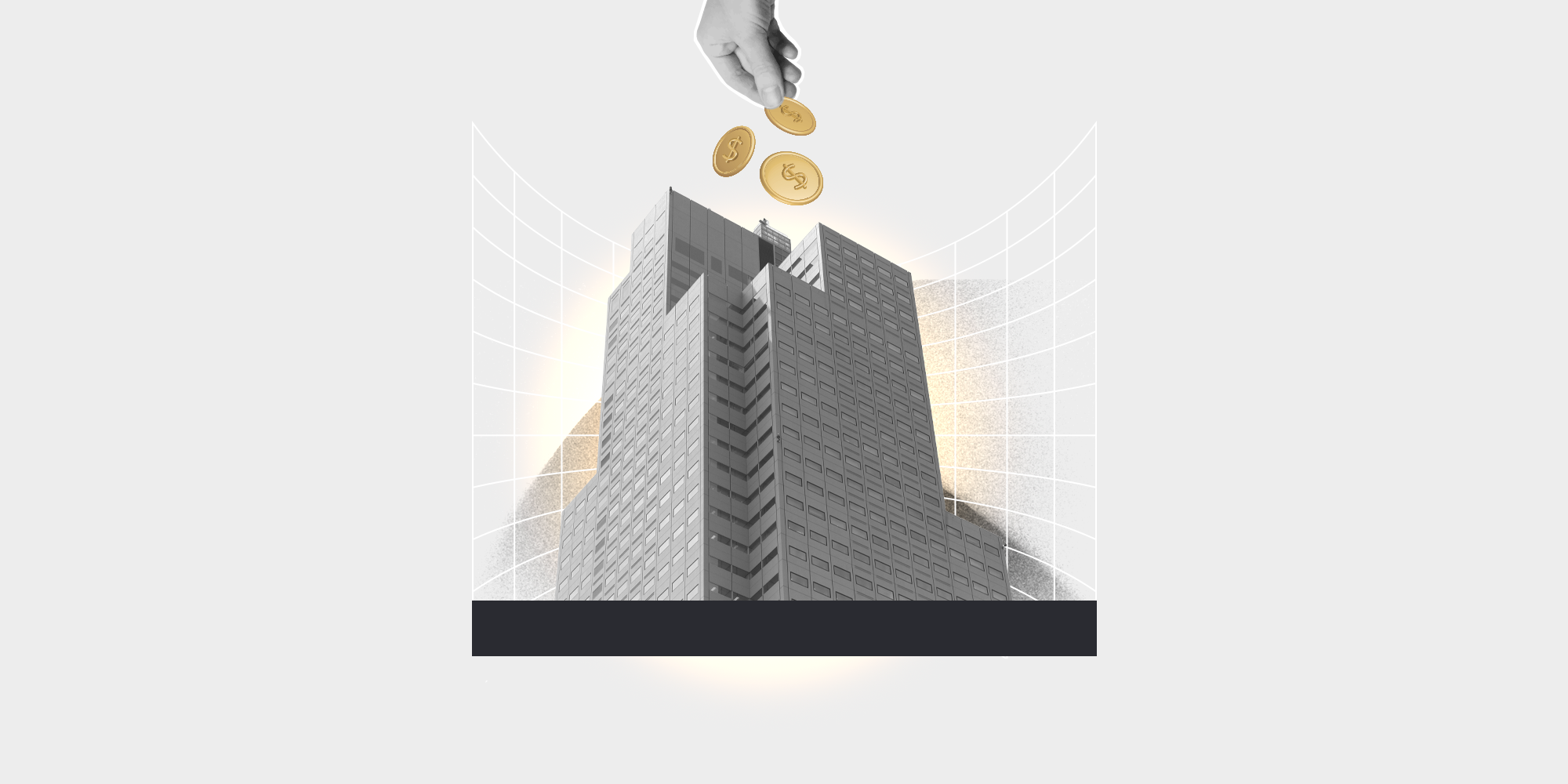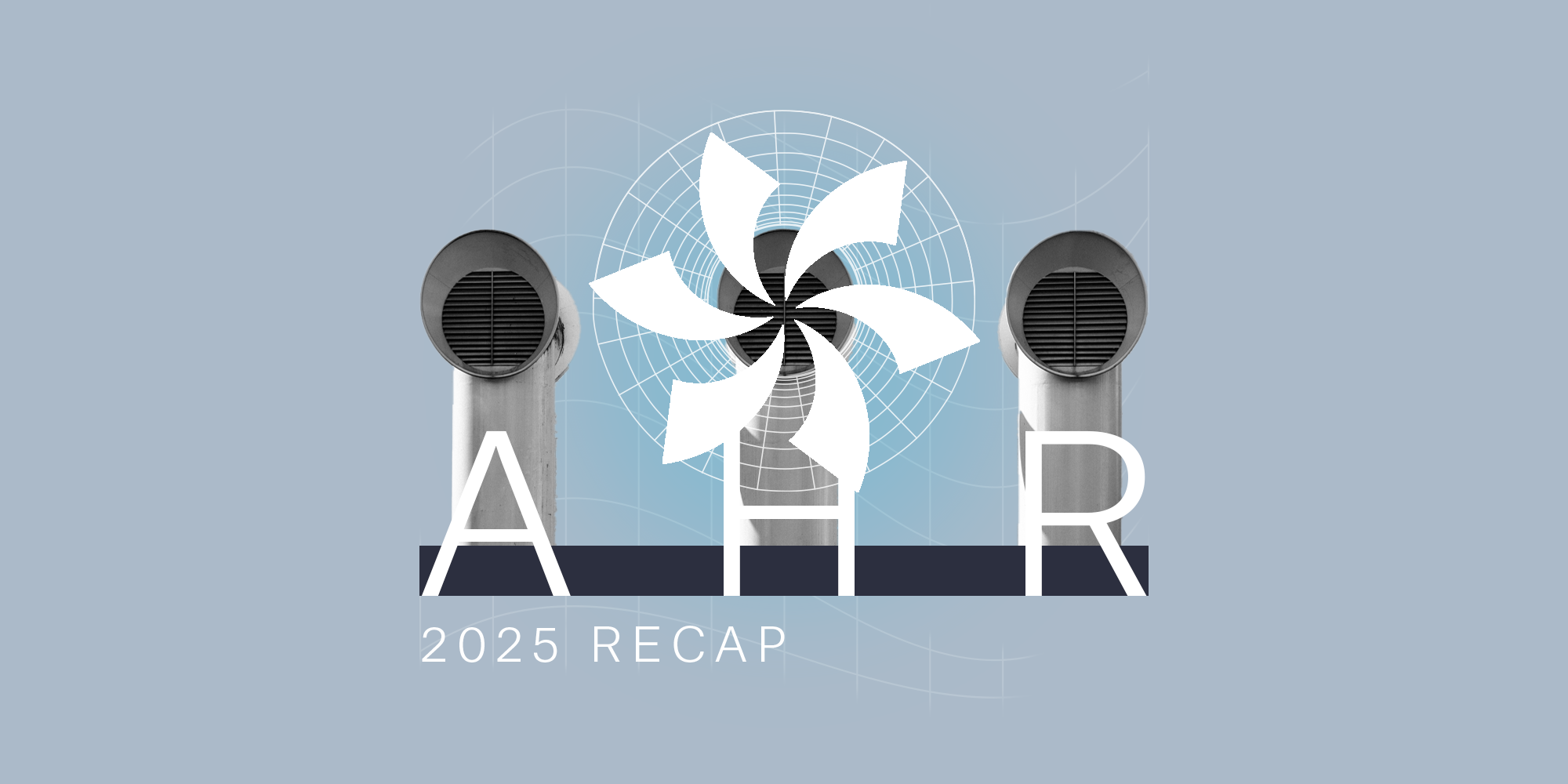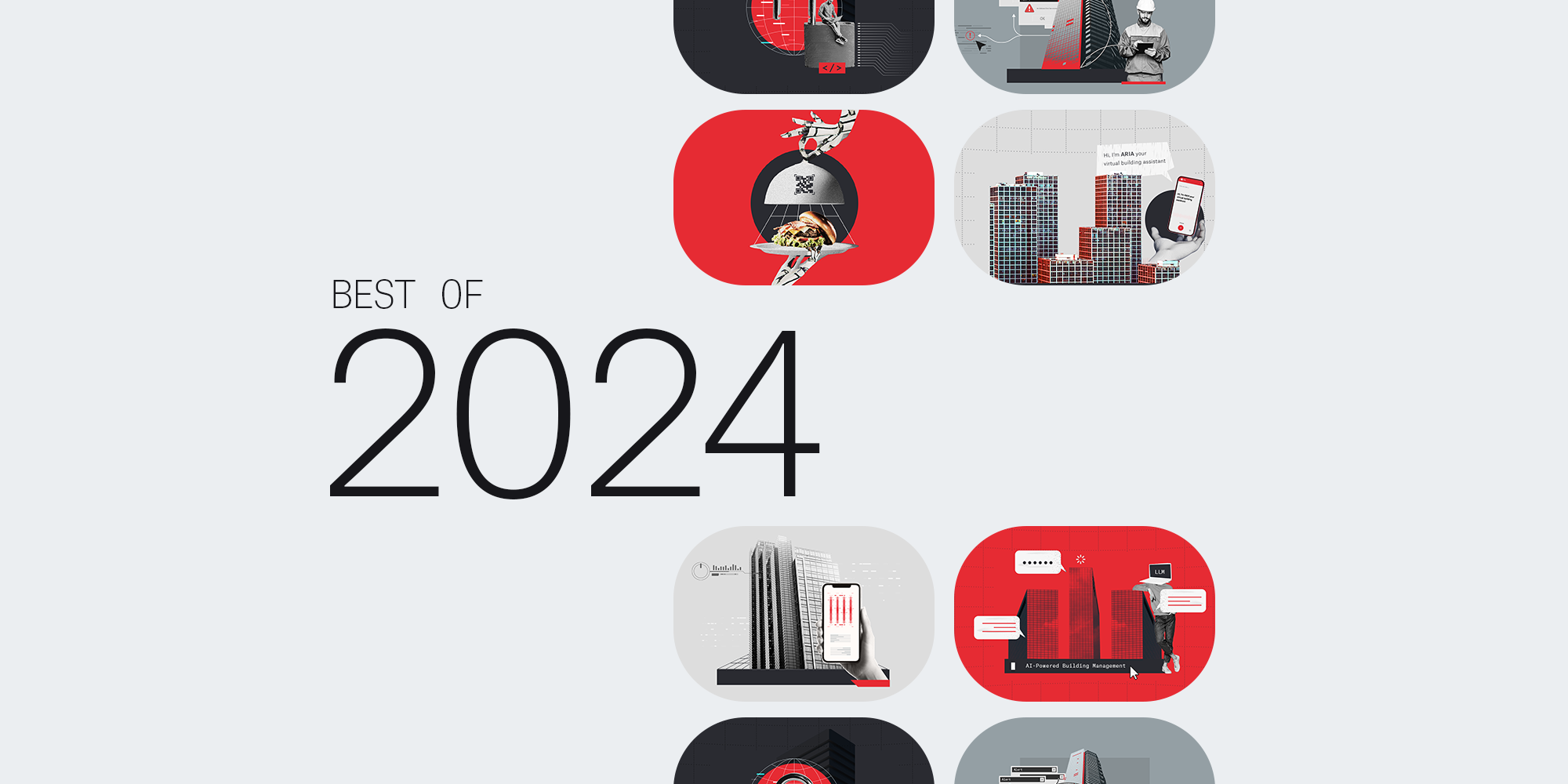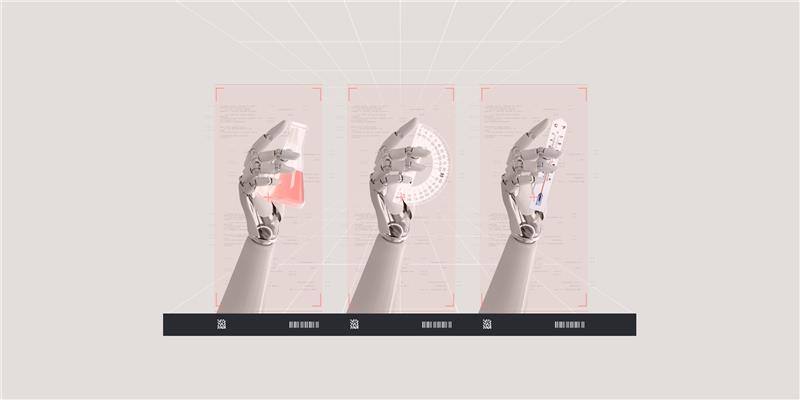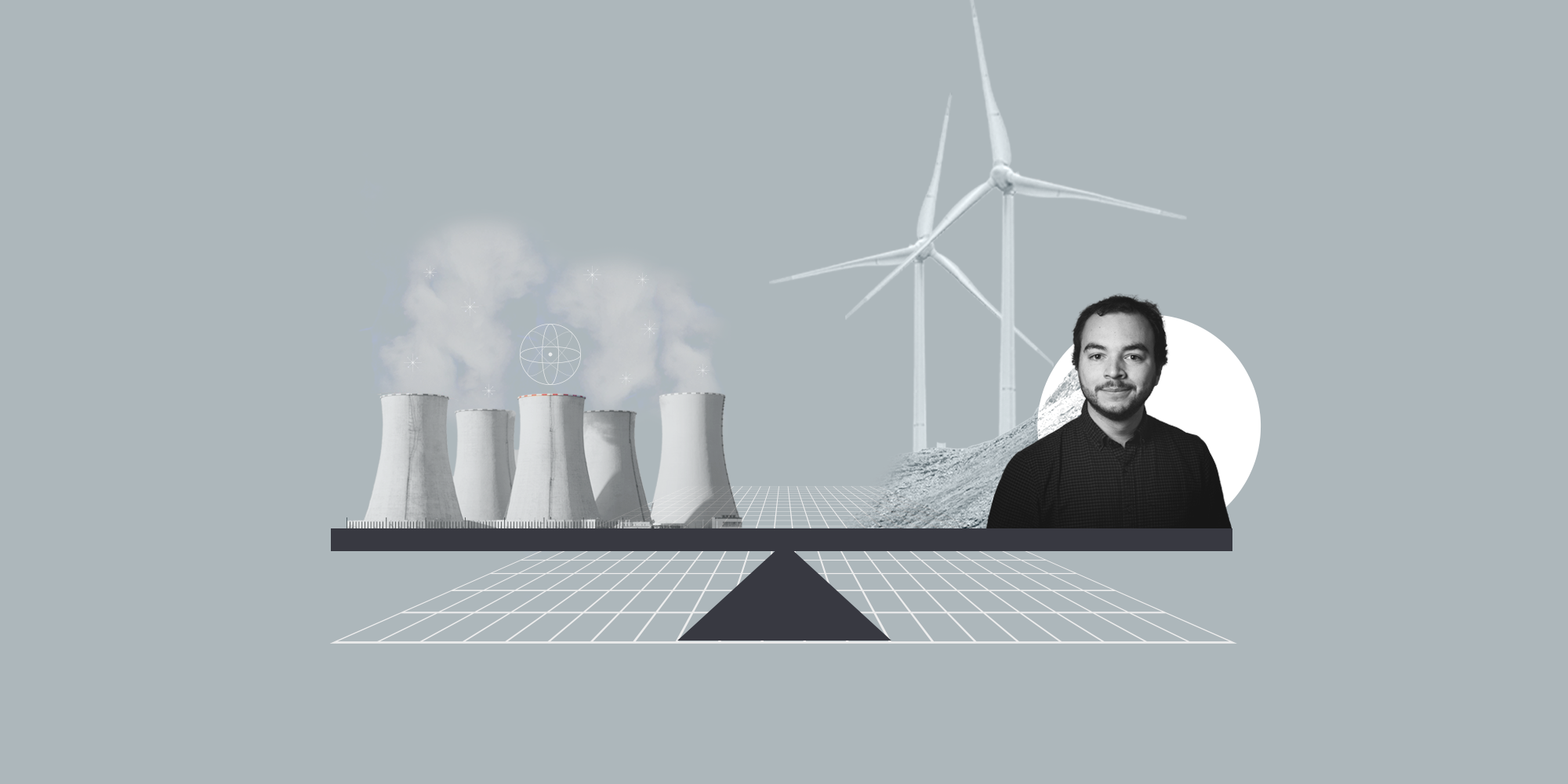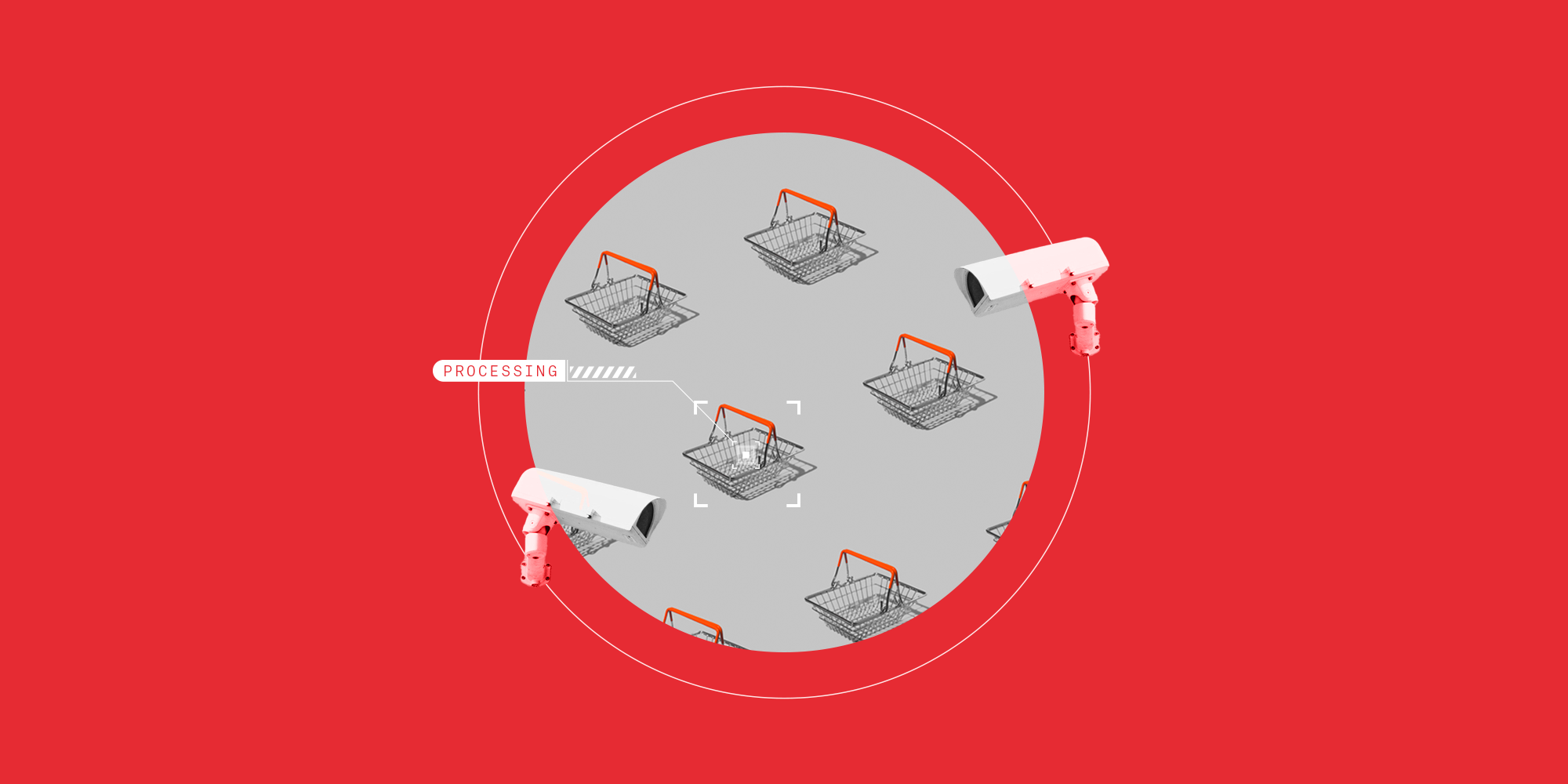Stay chill: 10 sustainable cooling solutions for a hotter world

Key takeaways
- Rising global temperatures and record-breaking heatwaves underscore the urgent need for sustainable cooling solutions to combat climate change.
- Increased demand for air conditioning significantly increases GHGs, highlighting a conundrum.
- Cooling demands heavily strain our power grids, leading to increased use of polluting peaker plants and higher carbon intensity during summer months.
- Some solutions include demand response programs, AER technologies, renewables, battery storage, and transitioning to low-GWP refrigerants. Others call for the adoption advanced cooling technologies, passive cooling techniques, and mandatory energy performance standards.
Author
Josh Mullen
Product Manager, BrainBox AI
This summer, record-breaking heatwaves are pushing global temperatures to unprecedented heights, leaving millions sweltering under extreme heat. Amidst these extreme conditions, the effects of climate change have never been felt so keenly, catalyzing urgent discussions around the need for sustainable and effective cooling solutions.
Unprecedented Heatwaves: A Global Issue
It’s hot. Record temperatures are scorching the northern hemisphere. From China, to Europe, to North America, people are seeking respite in air-conditioned shopping malls, libraries, and train stations – they’re even placing their bed sheets in the freezer for sweet relief.
These heatwaves aren’t surprising. Last year, the National Oceanic and Atmospheric Administration (NOAA) predicted that 2024 had a 99% chance in ranking among the five warmest years ever recorded.
They also aren’t going away. In fact, climate scientists from the Intergovernmental Panel on Climate Change (IPCC), foresee at least 2.5°C of global heating this century, leading to even more intense and frequent heatwaves.
These projections serve as a stark reminder of the growing threat posed by climate change - and the absolutely critical importance of sustainable cooling.
The Cooling Conundrum: When Cooling Leads to Heating
It’s no secret that a greater need for cooling leads to higher energy consumption, resulting in more climate-unfriendly GHG emissions. But what many don’t know is that just how energy intensive cooling systems are.
From May through August in the US alone, power production systems emit an average of 147.4 million tonnes of carbon dioxide per month just to keep the country’s buildings cool. This emissions load is 13% more than the monthly average for the entire year, meaning that energy providers pollute more to keep the nation cool in the summer than warm in the winter. And this issue seems only to be ramping up. In fact, the global demand for air conditioning units is set to accelerate to more than 5.5 billion by 2050.

Global volume of air conditioning units by country.
Fact: China leads the world in air conditioning units with approximately 0.8 billion units installed across the country. In the US, this number is around 416 million (though the US has more units per capita). The EU is somewhat less reliant on cooling, but still, the number of air conditioning units have more than doubled since 1990.
High Demand, Burdened Grids, Dirty Summers
Evidently, as global temperatures rise, so does the demand for air conditioning. But aside from resulting in increased emissions, cooling systems in themselves are particularly heavy on our power systems. In fact, according to the IEA's new Electricity Market Report, cooling represents around 10% of the world’s electricity demand, on average. In hotter countries, cooling can raise electricity demand by more than 50% in the summer – and in the hottest of hot regions, it can account for over 70% of electricity peak demand. Indeed, in Texas, every 1.8° F (1°C) increase in average daily temperature above 75.2°F (24°C) drives a 4% rise in electricity demand. That 4% increase in energy needs to come from somewhere – and therein lies one major, mostly unacknowledged reason as to why air conditioning systems can be so dang dirty.
This might be surprising given that it takes more energy to heat a space than to cool it. However, during winter, heating needs are relatively steady and predictable. Once temperatures drop, buildings require continuous heating to maintain a comfortable indoor environment. This steady demand means that energy providers can plan and maintain a more consistent level of energy production. On the other hand, in summer, cooling needs can fluctuate significantly due to variations in temperature throughout the day and from day to day. For instance, a sudden heatwave can cause a sharp increase in air conditioning use, leading to a peak in electricity demand. These peaks are harder to predict and manage compared to steadier heating demand in winter.
During periods of high electricity demand, typically in the late afternoon and early evening when cooling needs peak, utilities may resort to using what’s known as “peaker plants” to meet energy demand spikes and prevent electricity shortages (the likes of which we’re currently seeing in Egypt and the Balkan region). Peaker plants typically run on fossil fuels, such as natural gas or coal, and can be brought online quickly to meet sudden spikes in demand. However, they’re also less efficient and more polluting, which raises the overall carbon intensity of the grid.
In fact, it’s been shown that, during the summer months in the US, the average carbon intensity of power generation is around 393 grams of CO2 per kilowatt-hour, compared to a monthly average of 382 grams for the year. This increase is a direct result of higher energy demand and subsequent peaker plant usage.
Fact: One single power plant in China burned around 800 tons of coal in just one hour in June to keep Shanghai residents cool.
Solutions for Reducing Cooling Emissions
Fortunately, there are things we can do to help decrease grid carbon intensity while also keeping cool:
1. Demand response programs help balance demand and supply on the grid by encouraging consumers to reduce their electricity use during times of grid stress. This can be voluntary or financial incentives can be offered. For instance, in Texas, when electricity demand hit an all-time high in June last year, the Electric Reliability Council of Texas (ERCOT) used demand response and energy flexibility programs to successfully reduce the overall demand on the grid by thousands of megawatts, preventing outages, and stabilizing the electricity supply.
Fact: In 2022, Korea launched a pilot program allowing intelligent appliances to automatically respond to demand reduction requests based on grid conditions. This has resulted in a 24% improvement in electricity savings.
2. Automated Emissions Reduction (AER) programs leverage real-time data and advanced algorithms to optimize energy use in buildings, reducing carbon emissions by prioritizing cleaner energy sources. These systems automatically adjust energy consumption patterns based on the carbon intensity of the grid at any given time, ensuring that buildings use electricity when it is the cleanest and cheapest.
For example, in conjunction with WattTime, BrainBox AI’s AER technology uses data-driven insights to help reduce the carbon footprint of buildings by timing HVAC energy consumption with periods of lower emissions. This enables customers to automatically shift their energy usage to times when renewable energy is more abundant and fossil fuel generation is lower, resulting in significant reductions in carbon emissions without compromising on comfort.
Fact: AER technology has been shown to decrease energy use while improving the efficiency of building operations.
3. Adding renewables and battery storage can significantly mitigate the need for peaker plants. That’s because renewable energy sources like solar and wind generate emissions-free electricity, reducing the overall carbon intensity of the grid. Emissions can be even further reduced when renewables are coupled with battery storage, which can help mitigate intermittency by storing excess energy generated during periods of low demand and release it during peak times - providing a reliable and sustainable energy supply.
Fact: California has made substantial investments in solar energy and battery storage capacity, reaching over 10,000 megawatts in recent years, a substantial rise from just 770 MW in 2019. This increase in battery storage has allowed the state to maintain a cleaner and more reliable power grid.
4. Choosing energy efficient air conditioners plays a crucial role in emissions reductions. Market data shows that the typical air conditioner is less than half as efficient as the highest-performing models available, showing that more efficient models don’t necessarily come with higher price tags.
Fact: Consumers in Thailand can purchase a low-efficiency unit or a 50% more efficient model for the same price, potentially halving their electricity bills and saving up to US$2000 over the unit’s lifetime.
5. Utilizing fans may sound like an obvious move, but they’ve been shown to significantly decrease air conditioning needs. That’s because they create a wind-chill effect that makes a room feel cooler by enhancing air circulation, allowing occupants to set their air conditioners to a higher temperature while still maintaining comfort levels. In fact, new fans that consume only one to eight watts can effectively offset a 6ºF (3.3°C) increase in indoor air temperature, decreasing a building's total HVAC energy consumption by an average of 5-7% per ºF.
Fact: Research from the Center for the Built Environment (CBE) at UC Berkeley shows that ceiling fans can increase comfort in indoor temperatures as high as 86°F (30°C) with 80% relative humidity. The study found that occupants were as comfortable at 79-81°F (26-27°C) with ceiling fans as they were at 73°F (23°C) without fans.
6. Transitioning to low-GWP refrigerants is another crucial step in reducing the environmental impact of cooling systems. Traditional refrigerants used in air conditioning and refrigeration systems have high global warming potential (GWP), significantly contributing to climate change. By switching to low-GWP refrigerants, we can reduce the greenhouse gas emissions associated with cooling.
For example, hydrofluoroolefins (HFOs) and natural refrigerants like ammonia, carbon dioxide, and hydrocarbons have much lower GWPs compared to conventional hydrofluorocarbons (HFCs). These alternatives not only help reduce direct emissions from refrigerants but also tend to be more energy-efficient, further decreasing indirect emissions from electricity use.
Fact: The Kigali Amendment to the Montreal Protocol aims to phase down the production and consumption of HFCs globally. By adopting low-GWP refrigerants, countries and companies can contribute to this international effort, significantly cutting global warming impacts from cooling systems.
7. Tuning up your AC units is a crucial maintenance practice that ensures air conditioning systems operate efficiently and with minimal environmental impact. Air conditioners with low refrigerant levels are less efficient, consuming more energy to achieve the same cooling effect and leading to higher levels of energy use intensity (EUI) in a building. Additionally, units with refrigerant leaks continue to emit greenhouse gases until they are repaired, contributing significantly to global warming.
Fact: According to one study, a refrigerant charge reduction of 25% leads to an average energy efficiency reduction of about 15% and capacity degradation of about 20%, which could seriously shorten equipment lifespan.
8. Implementing mandatory minimum energy performance standards (MEPS) and energy efficiency labels have proven effective. These policies could quickly double the average efficiency of air conditioners sold, lowering energy bills and helping reduce emissions. Coupled with better-insulated buildings and energy-conscious urban planning, higher efficiency can translate into lower running costs for air conditioning and reduce the need for new electricity capacity investments.
Fact: In regions with long-standing programs, such as the United States and the European Union, MEPS and labels have helped halve the energy consumption of air conditioners.
9. Passive cooling measures involve using building design and architectural features to reduce heat gain and enhance natural ventilation, minimizing the need for cooling systems. Techniques like reflective roofing materials, natural shading, smart insulation, and strategic placement of windows can significantly lower indoor temperatures.
Fact: Passive cooling strategies could curb the global growth in demand for cooling capacity in 2050 by 24%, resulting in a capital cost savings in avoided new cooling equipment of up to US$3 trillion, and reducing emissions by 1.3 billion tons of CO2e.
10. Tech adoption is vital to decreasing the negative environmental impact of air conditioning units. It’s a good thing, then, that the cooling industry is witnessing a surge in technological innovations aimed at enhancing efficiency and sustainability. These innovations range from solar-powered air conditioning units to AI-powered HVAC systems. Additionally, advancements in thermal storage technologies enable buildings to store cool energy during off-peak hours and use it when needed, optimizing energy use and reducing costs.
Fact: Technology adoption is a crucial aspect of the IEA’s call to double global progress on energy efficiency, as laid out in its landmark Net Zero Roadmap. According to the IEA, doubling efficiency progress could cut energy bills by a third and make up 50% of emissions reductions by 2030.
Find out how you can make cooling your building more sustainable with BrainBox AI






